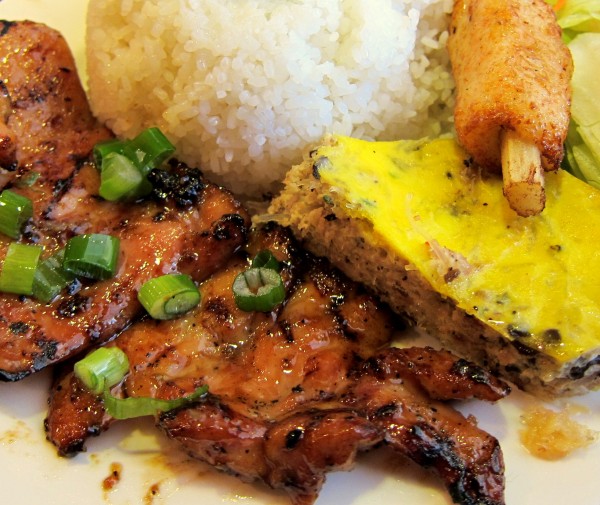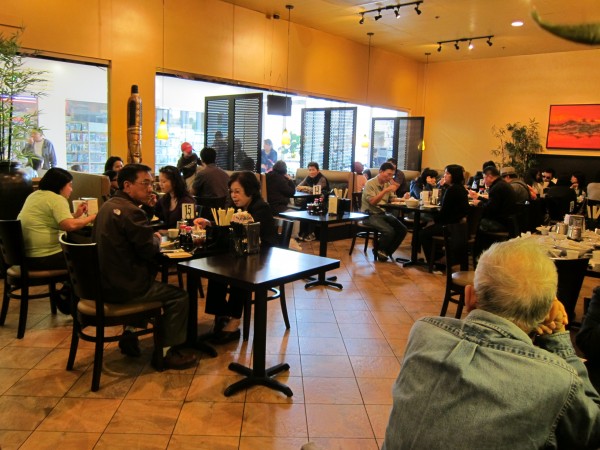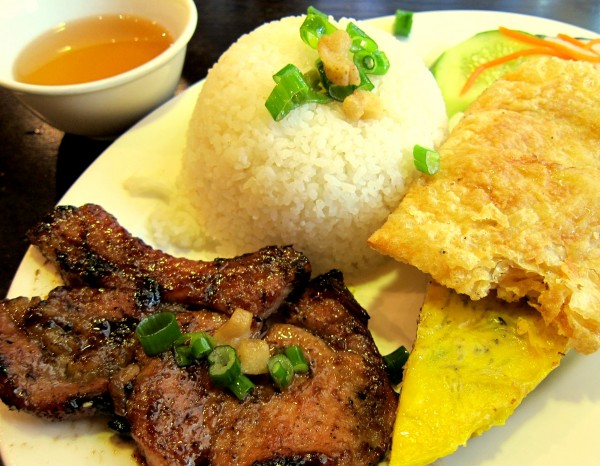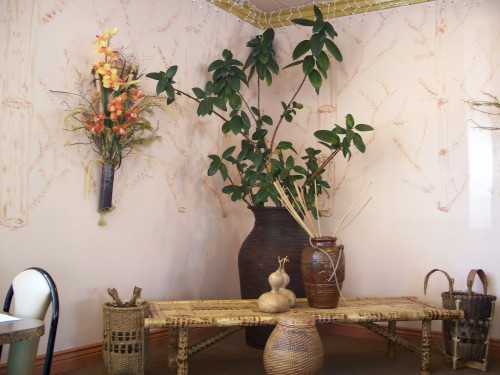 A guy waved a bottle in front of me. “Nesquik?”, he asked. I shook my head no thanks. Five seconds after he walked away, I realized my stupidity. I missed a free bottle of Nesquik! I don’t remember drinking Nesquik for the past 15 years, or ever, but I know what it tastes like, and I like chocolate. Why did I say no?!
A guy waved a bottle in front of me. “Nesquik?”, he asked. I shook my head no thanks. Five seconds after he walked away, I realized my stupidity. I missed a free bottle of Nesquik! I don’t remember drinking Nesquik for the past 15 years, or ever, but I know what it tastes like, and I like chocolate. Why did I say no?!
Because I live in Berkeley. One thing Berkeley trains you very well for is saying no. Each time you walk pass a homeless man or woman, whether he or she asks for spare change or curses you off or shouts “nice dress”, you silently say no. Each time an activist steps up to you and says “Hi how’s it going? Would you have a minute to talk about …?” and you can barely tell what it’s about because he or she squeezes those two sentences in the hundredth of a second you lift your foot, you say no, usually with a smile because you feel bad. So you prepare this automatic respond when a stranger sticks something under your nose: No thank you. And you end up missing the free Nesquik.
But Berkeley also makes you nicer. And it’s not because the hippies convince you about world peace or anything. First it’s because you travel by bus. The bus always comes late, and not everyone sitting next to you has showered in the past 30 days, so you learn patience. Second, it’s because, as the saying goes, “it’s Berkeley, you can do anything“, and people, including you, wouldn’t bat an eye, so you learn acceptance. Then there’s the protests (boy do Berkeley students love protests, although those never yield any result beside some kid ending up behind a police car). I could list a dozen other reasons. But mostly, it’s because you see everybody from every corner of the world. My first encounters with the Serbian, Iranian, Bosnian, Tibetan, Korean, Japanese, Eritrean, Ethiopian people, and the smell of marijuana all happened in Berkeley. And those encounters (except the marijuana) quickly became friendships.




